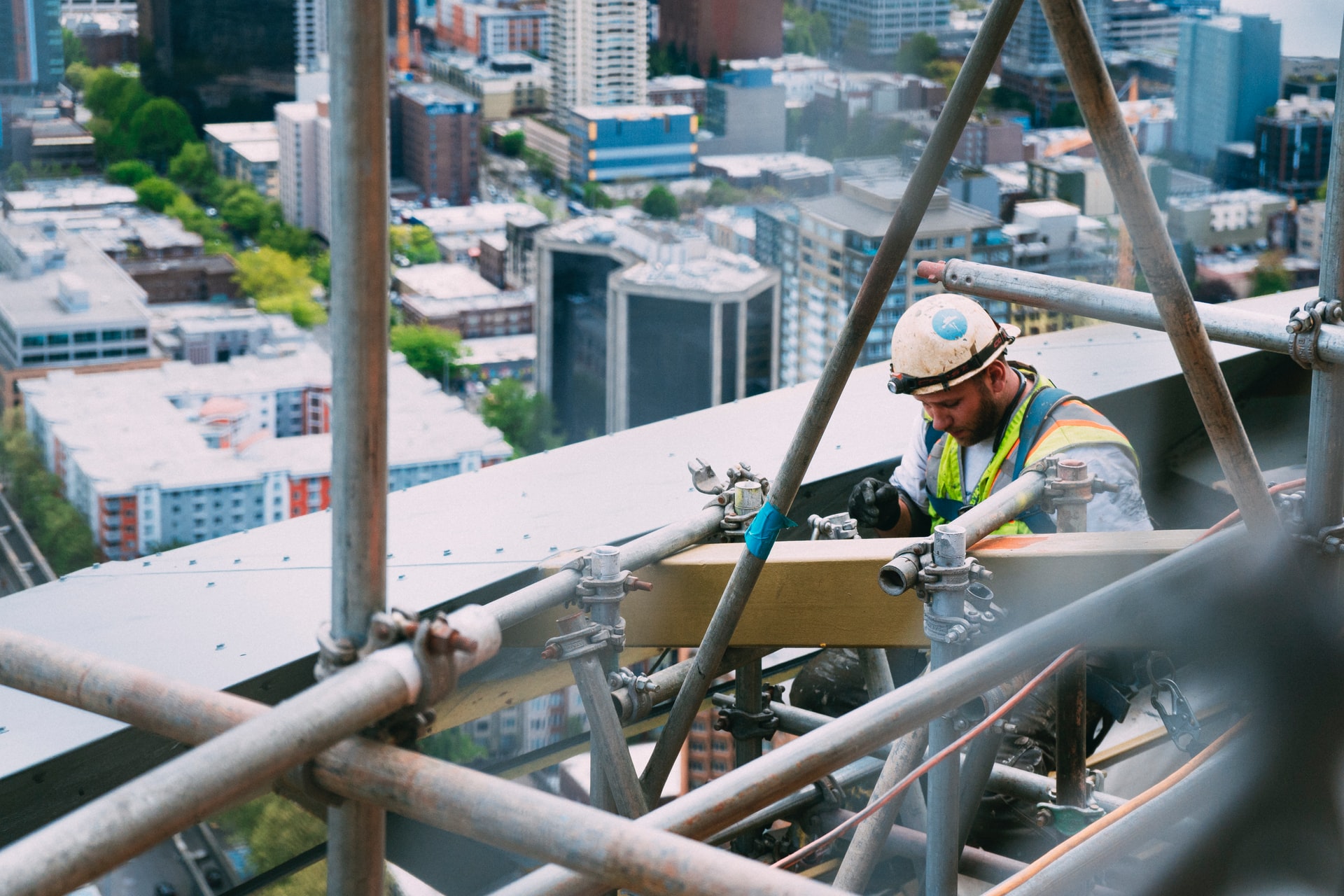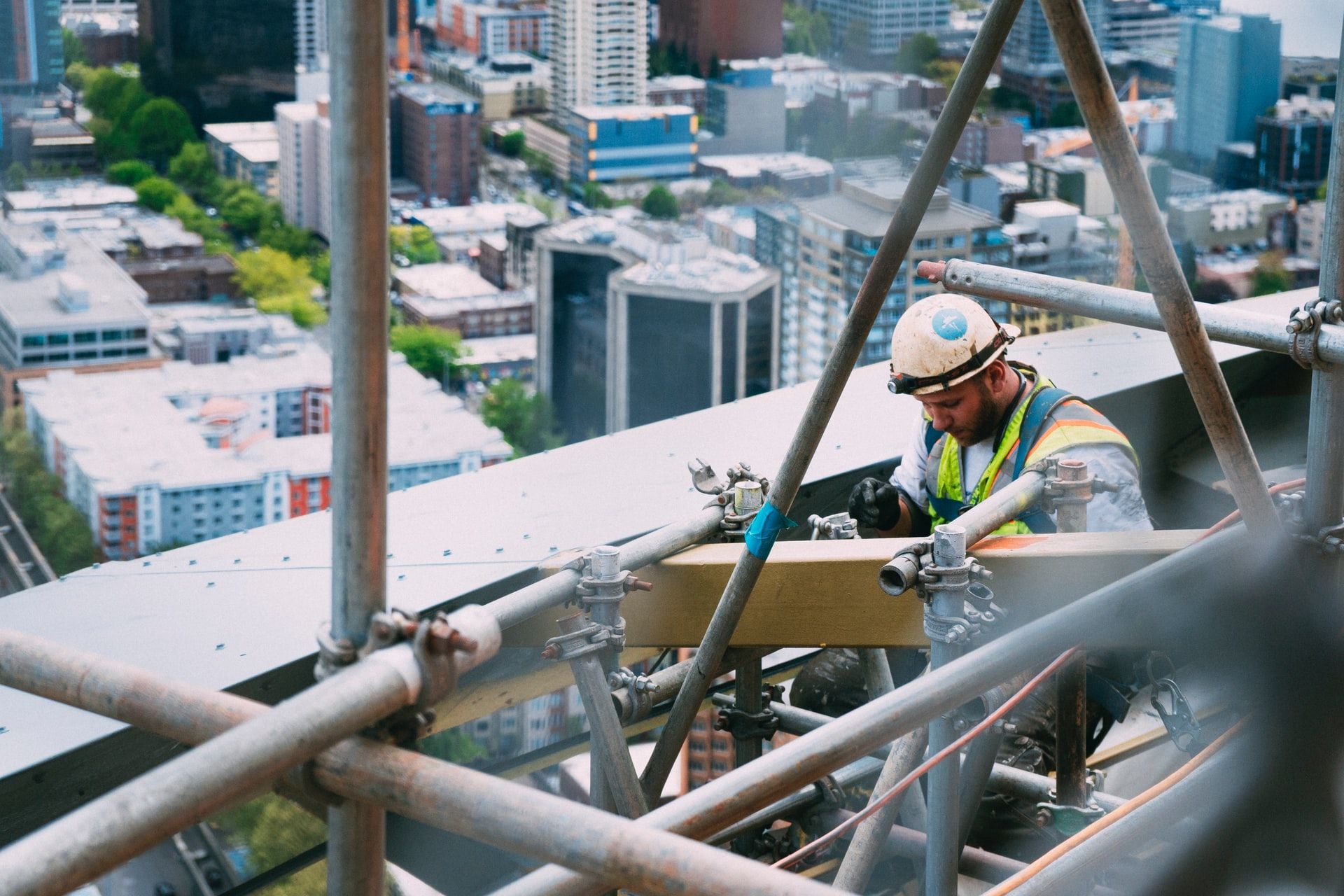5 Ways Construction Workers Benefit From Robotics
Mar 30, 2021 By Natalia Galvis
By Evelyn Long
 Photo by Anthony Fomin on Unsplash
Photo by Anthony Fomin on Unsplash
Robots are starting to become a more frequent sight in construction. While certainly not commonplace yet, more and more construction firms are using cutting-edge robotics to make construction more efficient and handle work that may put contractors at risk.
New technologies — especially artificial intelligence (AI) and Internet of Things (IoT) sensors — have made modern robots much more useful to construction workers.
These are five ways construction workers are already benefiting from robotics and how these early benefits may lead to future applications of robots in the construction industry.
1. Single-Task Construction Robots (STCRs)
While the number of construction jobs is projected to increase over the coming decade, the number of available construction workers will likely lag behind demand.
Like many other industries, construction is facing a growing skills gap. This labor shortage has meant that more labor is pushed onto fewer workers, sometimes leading to unsafe working conditions and longer hours.
Single-task construction robots (STCRs) are one possible way for construction firms to manage these gaps. These robots are dedicated to a specific task — like steel-truss assembly, welding, painting, or bricklaying.
Some of these robots are highly efficient — like the Hadrian X bricklaying robot, which can lay up to 200 bricks per hour.
Robots often tackle work that is “dirty, dull or dangerous” — these single-task machines can help handle tedious work or labor that puts contractors at risk of musculoskeletal injury.
2. Drone Inspections
Drone inspections are another way for construction workers to manage the construction industry skills gap.
With drones, inspectors can quickly take aerial photographs of a site, helping them better plan construction or catch issues during the construction process. Drones also mean inspectors may not have to inspect structures in person. This is a significant benefit when there may be safety risks like heights, damaged structures, or chemical contaminants.
Automated drones are capable of making these flights on their own, freeing up inspectors for other work.
3. Autonomous Construction Equipment
Autonomous construction machines offer similar benefits. Equipment like trench rollers and skid loaders can be partially or fully automated, reducing the labor needed to operate them.
In some cases, these machines may be outfitted with specialized sensors that help site managers and technicians predict when maintenance will be needed. This can help reduce maintenance checks and prevent unexpected failure.
Maintenance is a major factor in equipment cost of ownership, and driving down those costs may help construction firms keep project expenses low.
4. Demolition Robotics
Over the past few years, construction equipment companies have begun releasing a range of demolition robots, like remote-controlled concrete breakers, steel shearers, and drum cutters.
These robots are slower than human demolition crews, but they help make the demolition process safer and more efficient. With a demolition robot, construction firms can minimize the safety risks that construction workers are exposed to during the demolition process.
In some cases, they may reduce the need for explosives or help construction workers access tight spaces. They’re also useful in enclosed spaces, where emissions produced by a machine may make the area dangerous to human workers and machine operators.
5. Off-Site Prefabrication
Robots also help workers from off-site by streamlining the manufacturing processes needed to fabricate efficiency- and safety-related materials. Prefabricated materials — like concrete slabs and wooden structures — are construction materials created at off-site manufacturing centers and delivered to construction sites.
There, they’re assembled by workers, allowing them to complete structures with less time and labor than conventional building materials may require. Some companies, in order to make prefabrication processes more efficient, have started to use robots. Technology company Katerra, for example, uses construction robots as part of a just-in-time manufacturing strategy that aims to create prefabricated materials for construction sites as needed.
How Robots Are Helping Construction Workers Right Now
New construction robots offer significant benefits for construction workers. Robots like autonomous diggers, drones, STCRs, and remote-controlled demolition equipment can help make the construction process more efficient and safer for workers.
While robots aren’t common on construction sites yet, they’re likely to become a more popular investment for construction firms over the next few years.
Discover more about Business and Robots with RobotLAB!

Check more information here: https://business.robotlab.com/
Author
 Evelyn Long is the editor-in-chief of Renovated and a writer with experience covering green technology and construction for publishers like NCCER and BUILD
Evelyn Long is the editor-in-chief of Renovated and a writer with experience covering green technology and construction for publishers like NCCER and BUILD















.webp?width=124&height=124&name=image%20(1).webp)
.webp?width=169&height=87&name=image%20(2).webp)



































